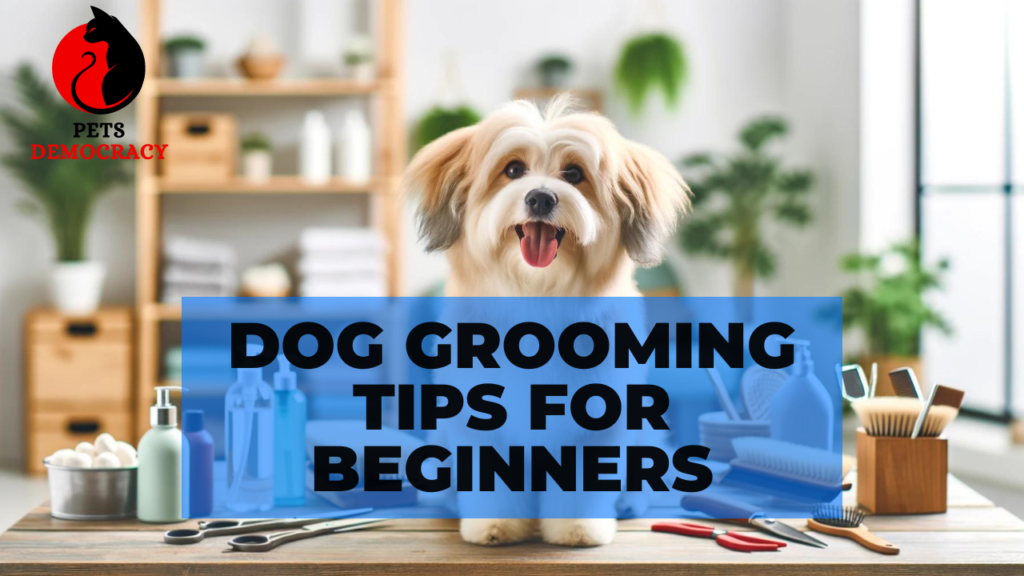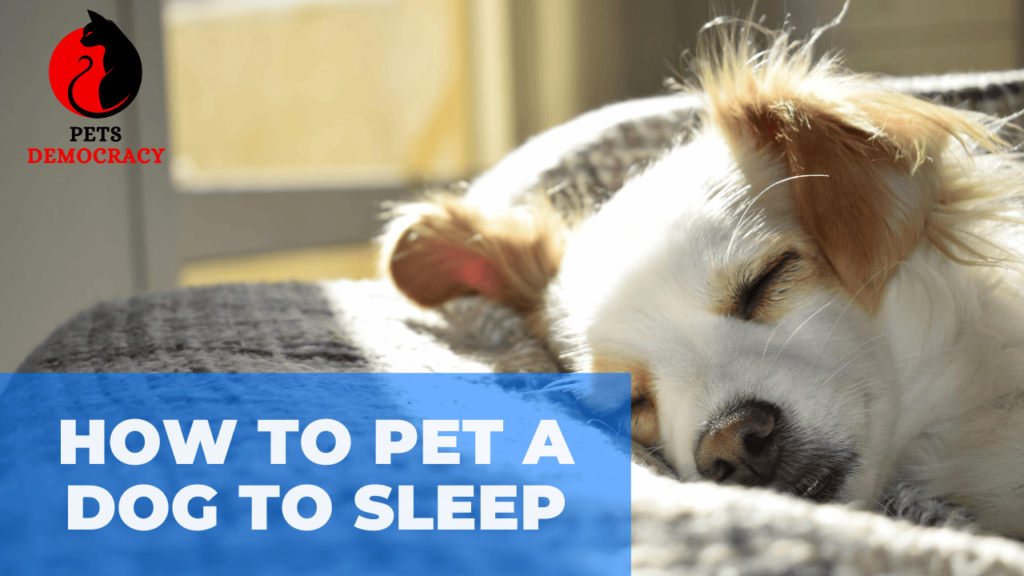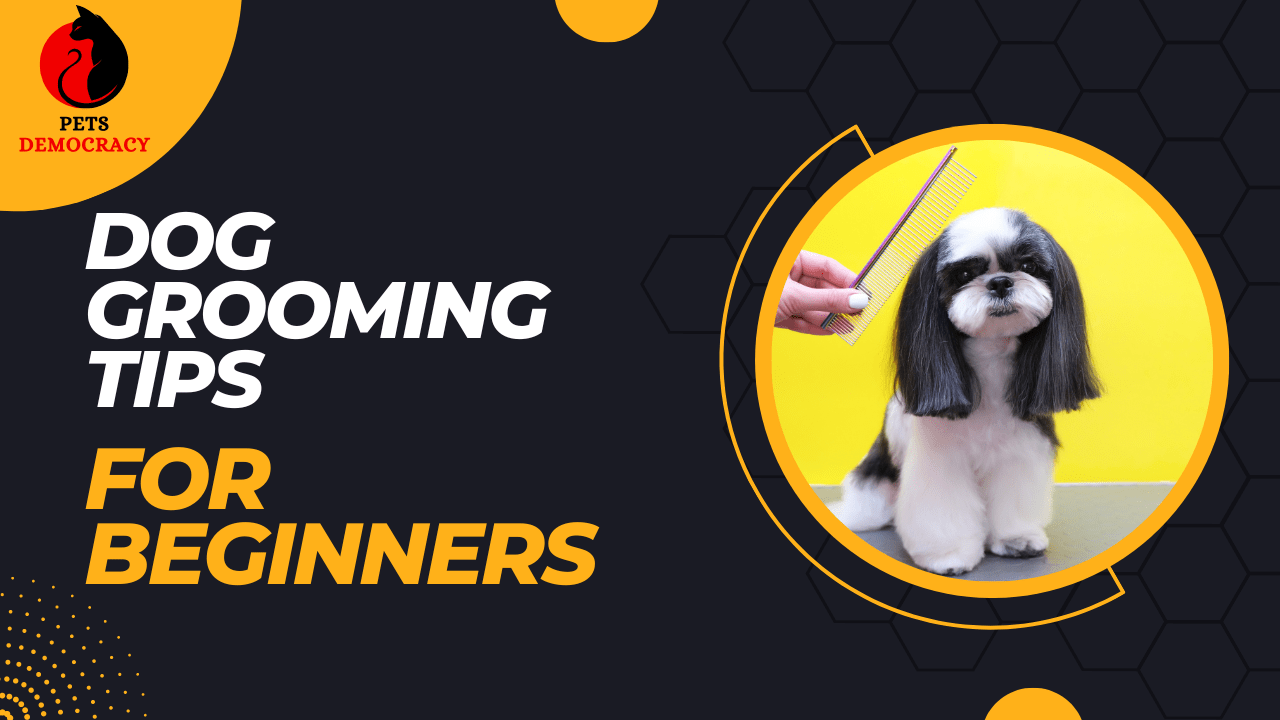
Dog grooming is more than just a cosmetic necessity; it’s a vital aspect of your pet’s overall health and well-being. From maintaining a shiny coat to ensuring proper hygiene, regular grooming sessions are essential for your furry friend’s happiness and longevity.
But getting started with dog grooming might be intimidating for novices. But fear not! In this comprehensive guide, we’ll walk you through everything you need to know to become a dog grooming pro.
Understanding the Importance of Dog Grooming
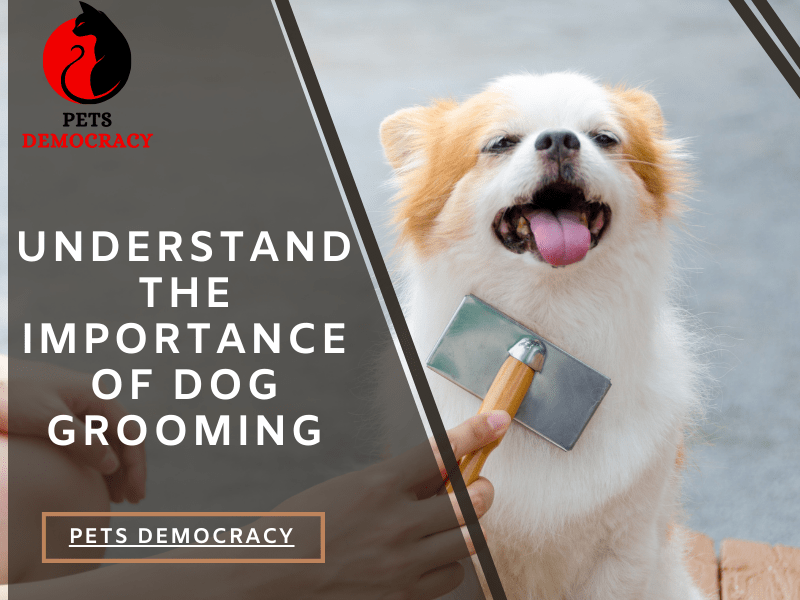
Before we delve into the tips and tricks of dog grooming, let’s first understand why it’s so crucial for your canine companion.
Why Dog Grooming Matters
Proper grooming offers a plethora of benefits beyond just aesthetics. Here’s why grooming is essential for your dog’s well-being:
- Maintaining Skin and Coat Health: Regular brushing removes dead hair and distributes natural oils, keeping your dog’s coat shiny and healthy.
- Preventing Matting and Tangling: Regular grooming prevents mats and tangles, which can be painful for your dog and lead to skin infections.
- Early Detection of Health Issues: Grooming sessions provide an opportunity to inspect your dog’s skin for any lumps, bumps, or signs of parasites.
- Bonding Time: Grooming sessions strengthen the bond between you and your dog, fostering trust and affection.
- Improving Comfort: Keeping your dog’s nails trimmed and ears clean ensures they remain comfortable and free from pain or irritation.
Essential Dog Grooming Tips for Beginners
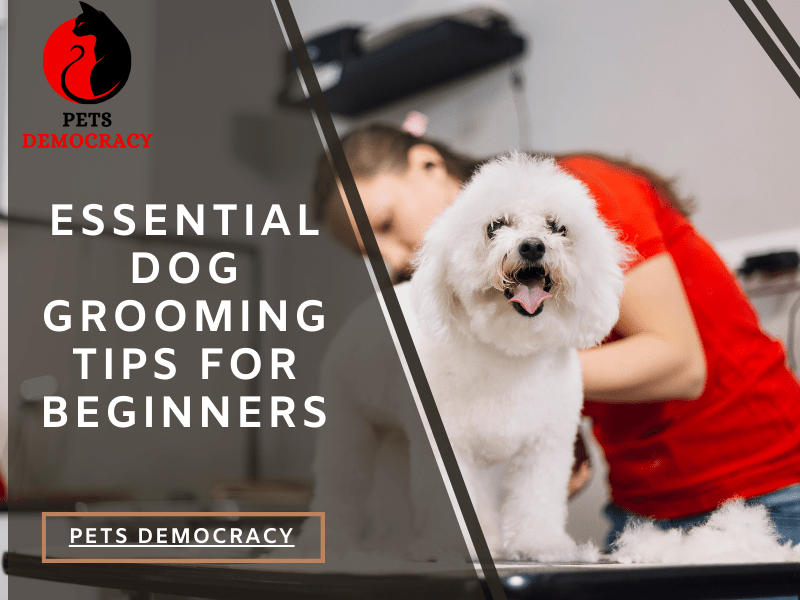
Now that we understand why grooming is vital, let’s dive into some practical tips for beginners to master the art of dog grooming.
Invest in the Right Tools
Before you embark on your grooming journey, make sure you have the right tools at your disposal. Essential grooming tools include:
- Brushes: Choose brushes suited to your dog’s coat type, such as slicker brushes for long-haired breeds and bristle brushes for short-haired breeds.
- Combs: A good-quality comb helps detangle hair and remove debris from your dog’s coat.
- Nail Clippers: Invest in high-quality nail clippers designed specifically for dogs to keep their nails at a healthy length.
- Ear Cleaner: Use a gentle, vet-approved ear cleaner to prevent ear infections and remove excess wax and debris.
- Shampoo and Conditioner: Opt for mild, dog-friendly shampoo and conditioner to keep your pup’s coat clean and shiny without causing irritation.
Start Slowly and Gently
If your dog is not accustomed to grooming, introduce them to the process gradually. Start with short grooming sessions and gradually increase the duration as your dog becomes more comfortable. Use gentle, reassuring words and plenty of treats to make the experience positive and enjoyable for your furry friend.
Brush Regularly
Regular brushing is key to maintaining your dog’s coat health and preventing matting and tangling. Aim to brush your dog at least once a day, paying extra attention to areas prone to matting, such as behind the ears and under the legs.
Trim Nails Carefully
Trimming your dog’s nails is essential to prevent them from becoming overgrown and causing discomfort or difficulty walking. However, it’s crucial to trim them carefully to avoid cutting the quick, which can cause bleeding and pain. Consult a veterinary or professional groomer for advice if you’re not sure.
Clean Ears Regularly
Your dog’s ears are susceptible to wax buildup and infections, especially if they have floppy ears that trap moisture. Clean your dog’s ears regularly using a vet-approved ear cleaner and cotton balls, being careful not to insert anything into the ear canal.
Bathe with Care
While regular bathing is essential to keep your dog clean and smelling fresh, over-bathing can strip their skin of natural oils and lead to dryness and irritation. Aim to bathe your dog once every 4-6 weeks, using lukewarm water and a gentle, dog-friendly shampoo.
Pay Attention to Dental Health
Don’t overlook your dog’s dental health as part of their grooming routine. Brush your dog’s teeth regularly using a canine toothbrush and toothpaste to prevent plaque buildup and maintain fresh breath.
FAQs About Dog Grooming Tips For Beginners
What are the Best Dog Grooming Practices?
Regular Brushing: Brush your dog’s coat regularly to remove dead hair and prevent matting.
Trimming Nails: Keep your dog’s nails trimmed to a comfortable length to prevent overgrowth.
Cleaning Ears: Clean your dog’s ears regularly to prevent infections and remove wax buildup.
Bathing: Bathe your dog every 4-6 weeks using a gentle, dog-friendly shampoo.
Dental Care: Brush your dog’s teeth regularly to maintain good oral hygiene.
How Often Should I Groom My Dog?
The frequency of grooming depends on your dog’s breed, coat type, and lifestyle. However, most dogs benefit from regular grooming sessions at least once a week.
Can I Groom My Dog at Home, or Should I Visit a Professional Groomer?
While basic grooming tasks like brushing and nail trimming can be done at home, some tasks, such as haircuts and anal gland expression, are best left to professional groomers.
My Dog Hates Being Groomed, What Should I Do?
Start gently and employ positive reinforcement strategies, such giving your dog treats and praise, to help your dog become more receptive to grooming. If necessary, seek guidance from a professional dog trainer or behaviorist.
What Should I Do If I Accidentally Cut My Dog’s Quick While Trimming Their Nails?
If you accidentally cut your dog’s quick while trimming their nails, apply pressure to the area with a clean cloth to stop the bleeding. If the bleeding persists or your dog shows signs of pain or discomfort, consult your veterinarian immediately.
Conclusion
Mastering the art of dog grooming may take time and patience, but the bond you’ll share with your furry friend makes it all worthwhile. By following the tips outlined in this guide and approaching grooming with care and patience, you’ll ensure your dog looks and feels their best for years to come.

